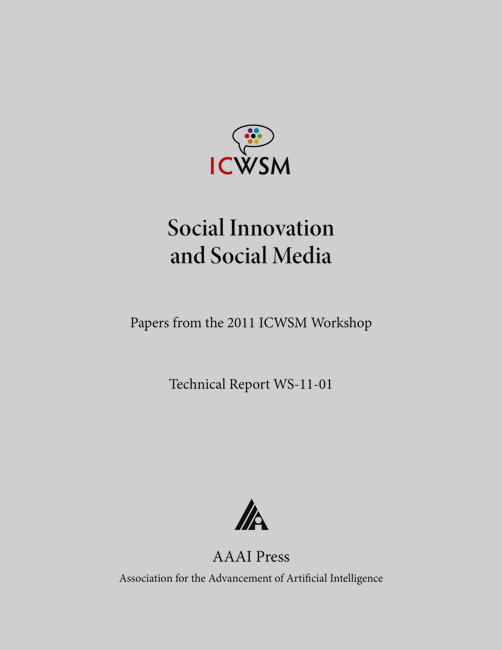Social Media Revisited. User Generated Content as a Social Innovation for eInclusion
DOI:
https://doi.org/10.1609/icwsm.v5i2.14204Abstract
The paper raises the question whether Web 2.0 can be seen as a technological or a social innovation and describes interdependencies between these two phenomena. The paper argues that the core innovation of Web 2.0 is the communication of “user generated content” as a new social routine, which is largely congruent with the definition of “Web 2.0” in the communication science discourse (which the authors speak for). The authors distinguish between a technological and a social layer of this innovation. The concrete usage by a broad and heterogeneous audience of the different technologies is seen as the main driver for the spread of web 2.0 and the paradigmatic changes it exerts on numerous fields of life. While technology is seen as a “catalyst”, the innovation itself (user generated content) is considered a social one. In a final step, the paper describes the usage of social media in the field of adult learning and the way web 2.0 based learning principles can contribute to social inclusion. In “telecentres”, social media have started to prove their potential as easy-to-use applications for activating and integrating target groups with low ICT skills into the “digital society”.

